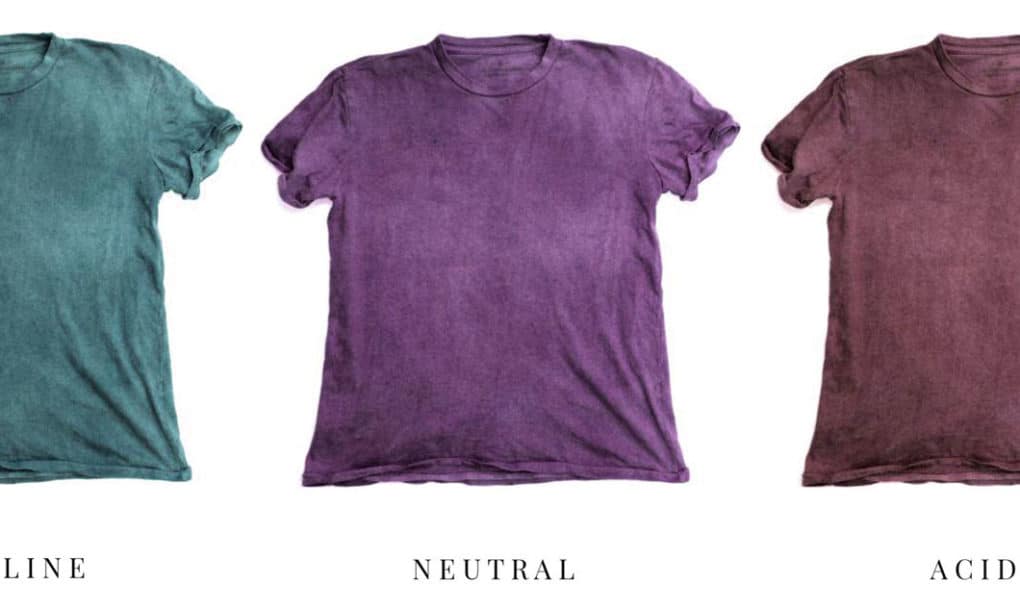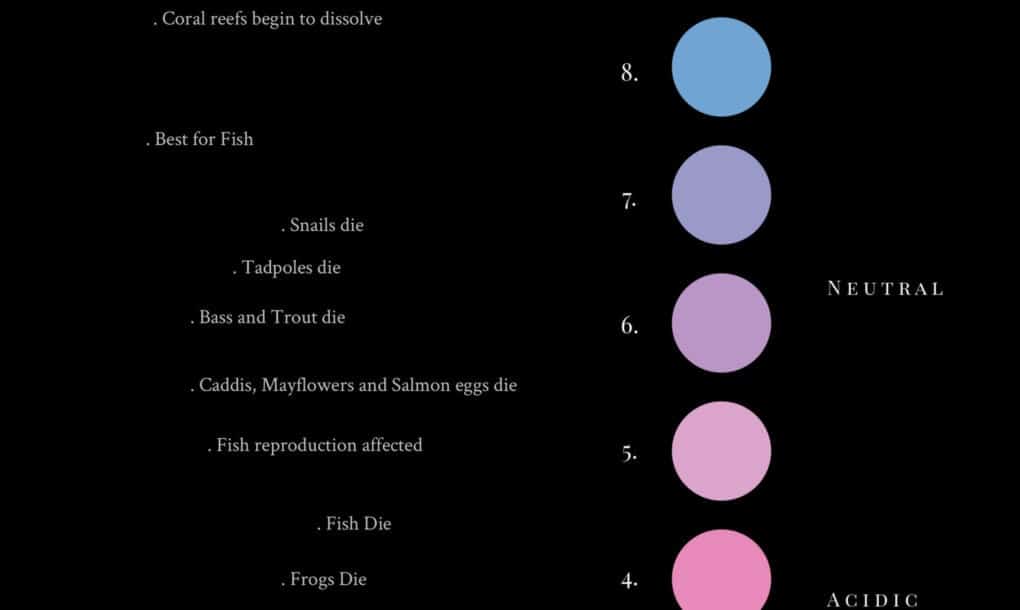
“Out of sight, out of mind” is most people’s attitude when it comes to trash and disposing of waste. Such is unfortunate, as a large percent of garbage which is dumped into landfills ends up in the oceans, where it slowly breaks down and adversely affects wildlife. In addition to contaminating pristine environments, discarded trash sometimes traps birds, turtles, and other aquatic creatures. Unsustainable practices such as these also contribute to ocean acidification, which is when the pH of bodies of water is too acidic (or sometimes too alkaline) for wildlife to thrive. To raise awareness about this conundrum, design studios The Unseen and The Lost Explorer collaborated to create a T-shirt that changes color in response to changes in pH in bodies of water.
The innovative t-shirt is coated in a natural cabbage dye that reacts to pollution in water, causing it to change color based on various pH levels. Launched on World Environment Day — less than a week after U.S. President Donald Trump withdrew from the Paris climate agreement, its purpose is to raise awareness about the effects of climate change and ocean acidification.
“The political industry is in such turmoil at the moment, it feels like it’s down to normal people to flip the narrative,” said The Unseen founder Lauren Bowker. “[The project] is about using colour, clothing or material to give a language to something that’s deeper and bigger that most of us wouldn’t even understand when we look at facts and figures.”

Bowker created the T-shirt by soaking it in a boiling pan with soda ash, which opens up the cotton fibers so they absorb the cabbage dye. Then, she soaked the garment in a cabbage-dye bath so it would take on a purple-blue shade. Because cabbage has a natural response to pH levels, it changes color when exposed to ocean pollution. Said Bowker,
“When the T-shirt comes into contact with non-neutral water, the pH level of that water is then revealed through the colour of the garment, forming colour shifts through the pH scale from alkaline green to acidic red.”

“PH is an innate property of water, one that defines the limits within which life can and can’t thrive. The T-shirt starts its life purple to indicate the purest form of neutral water,” she added.
The shirt doesn’t just educate consumers on the effects of climate change, it prevents humans from swimming in bodies of water that are either too acidic or too alkaline and may result in skin irritations.

The Lost Explorer is presently selling a DIY plain version of the T-shirt, along with a set of instructions explaining to wearers how to color the garment at home. Learn more here.
What are your thoughts? Please comment below and share this news!


